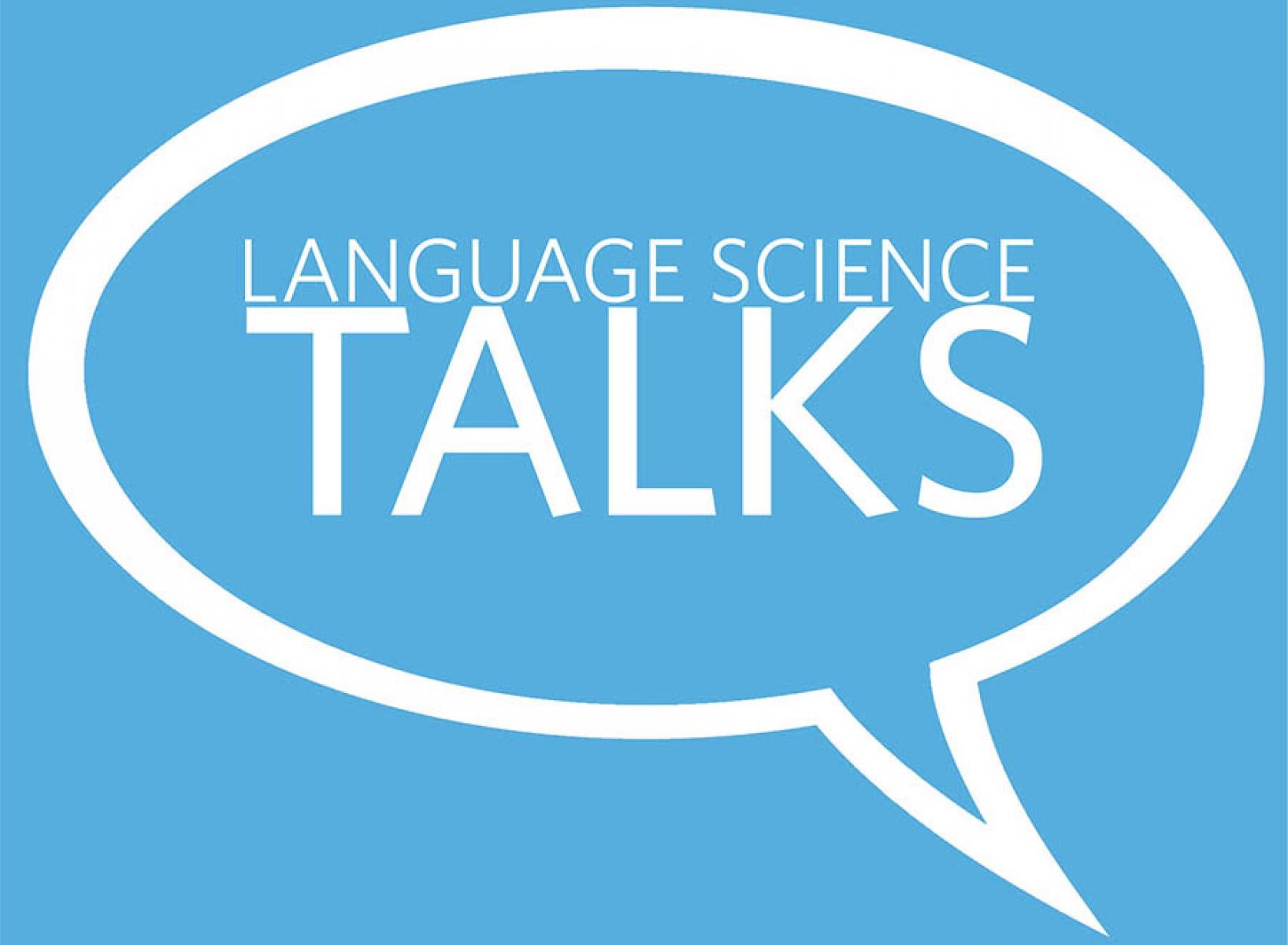Language Sciences Talks - Dr. Lena Palaniyappan on “Automated speech analysis in mental illnesses and the most likely near-term applications.”
October 17, 2023, 11:00 am to 12:00 pm
Join us at Kenny 2101, Douglas T. Kenny building on Tuesday, October 17, 2023, from 11:00am - 12:00pm for the next Language Science Talk featuring Dr. Lena Palaniyappan, Department of Psychiatry, McGill University. This event will be hybrid.
Please use the Zoom details below to attend virtually:
Zoom Link: https://ubc.zoom.us/j/63480154925?pwd=SElzWWFFbnN6Kzk2QnYvVkkzcG5lUT09
Meeting ID: 634 8015 4925
Passcode: 153605
Title: Automated speech analysis in mental illnesses and the most likely near-term applications
Abstract:
Patients come to see doctors to talk. Therapists treat complex psychological issues by talking. Human speech is rich in signals of distress, despair, and disorganization. Mental illnesses are diagnosed on the basis of these signals in language, but mostly as a medium through which subjective opinions are formed. Speech is a vital sign of our mental health. In clinical settings, it is also available in copious amounts without the need for any special procedures to collect it. Can speech be harnessed for more objective decision-making in clinical care? For example, can we detect if a patient is close to suffering a relapse of their prior illness based on changes in their speech pattern? The last few years of activity in applied speech science have made this highly likely in the near future. I will provide a few anecdotes and pose problems that need interdisciplinary efforts for further progress.
Speaker bio:
Dr. Lena Palaniyappan (pronounced as PALA – NEE – APEN, a Tamil name) works with patients and families experiencing early stages of severe mental illnesses such as psychosis. He is the inaugural director of the Centre for Youth Mental Health at the Douglas Institute, McGill University and holds the Bourgeois Chair in Developmental Disorders at the McGill University. His research group, Neuroimaging and Mental Illnesses in Youth (NIMY) has its base at two Canadian medical schools: one at the Robarts Research Institute at the Schulich School of Medicine, Western University, London, Ontario and the other at McGill’s Faculty of Medicine, Montreal, Quebec.
The intense restlessness caused by a brief exposure to 3 days of haloperidol (an antipsychotic medication) as a medical student at Stanley Medical College (Chennai, India) sparked his career in psychiatry. Following a concurrent bachelor’s degree in psychology, which he completed along with his medical studies, he then pursued a Masters and then a PhD in Translational Neuroimaging at the University of Nottingham, UK, with Prof. Peter Liddle.
The major emphasis of his research is to modify the pathways that lead to poor long-term outcomes in individuals with serious mental disorders that often start in adolescence. Relevant to today’s talk, he convenes “DISCOURSE in Psychosis”, an international research consortium with 210 interdisciplinary members, all interested in the domain of language in psychotic disorders. This consortium is working towards creating a 'speech bank' with several thousands of patient speech samples collected using a shared protocol, to enable a fuller understanding of speech markers relevant to mental illnesses.
